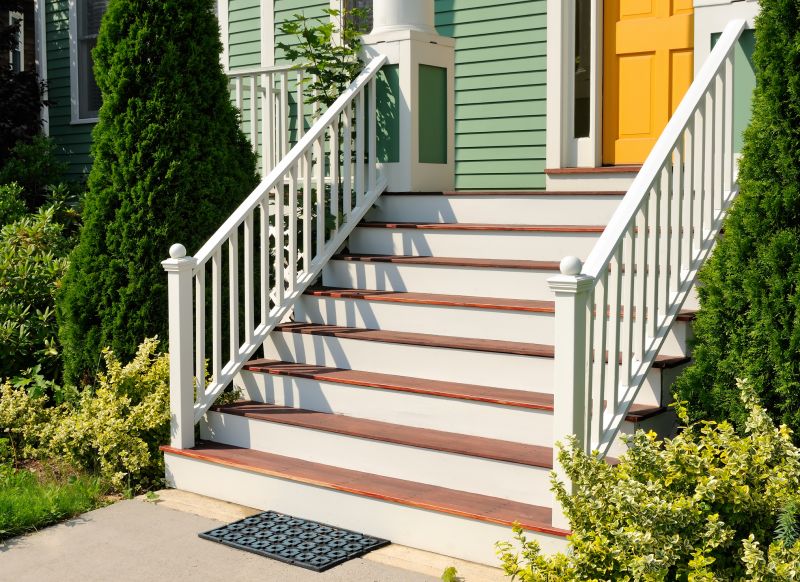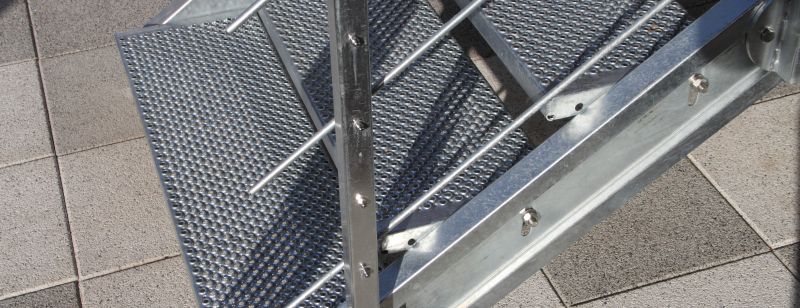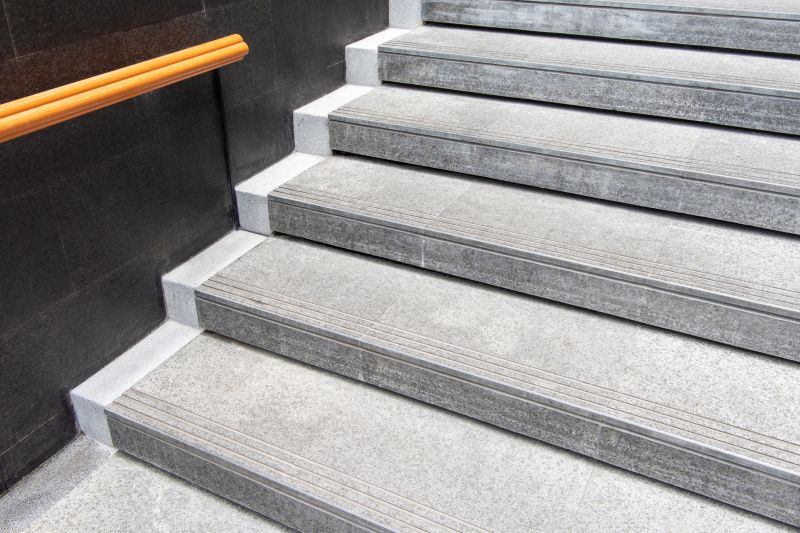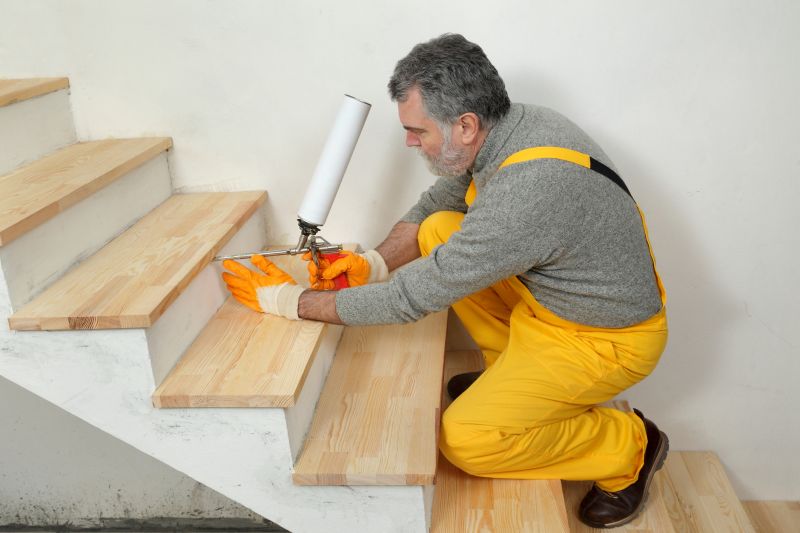Optimal Seasons for Exterior Stair Repairs
Spring and early summer provide ideal weather with moderate temperatures and lower precipitation, reducing delays and ensuring proper curing of materials.
Avoid repairs during winter or periods of heavy rain, snow, or extreme cold, which can compromise materials and safety.
Temperatures between 50°F and 85°F are recommended for most repair materials, promoting proper adhesion and curing.
Low to moderate humidity levels are preferred to prevent moisture-related issues during and after repairs.

Ways to make Exterior Stair Repairs work in tight or awkward layouts.

Popular materials for Exterior Stair Repairs and why they hold up over time.

Simple add-ons that improve Exterior Stair Repairs without blowing the budget.

High-end options that actually feel worth it for Exterior Stair Repairs.
| Season | Ideal Conditions |
|---|---|
| Spring | Moderate temperatures, low precipitation, longer daylight |
| Summer | Warm temperatures, dry weather, longer working hours |
| Fall | Cooler temperatures, less rain, ideal for preparation |
| Winter | Cold temperatures, snow, and ice, not recommended |
Exterior stair repairs are essential for maintaining safety, functionality, and aesthetic appeal. Proper timing ensures that repairs are durable and effective. Seasonal considerations influence the choice of materials, scheduling, and safety protocols. By selecting appropriate weather windows, property owners can reduce repair costs, prevent further damage, and extend the lifespan of stair structures.

Finishes and colors that play nicely with Exterior Stair Repairs.

Little measurements that prevent headaches on Exterior Stair Repairs day.

A 60-second routine that keeps Exterior Stair Repairs looking new.

A frequent mistake in Exterior Stair Repairs and how to dodge it.
Interested in scheduling exterior stair repairs? Filling out the contact form can provide more information and help plan repairs during optimal weather conditions for safety and longevity.



